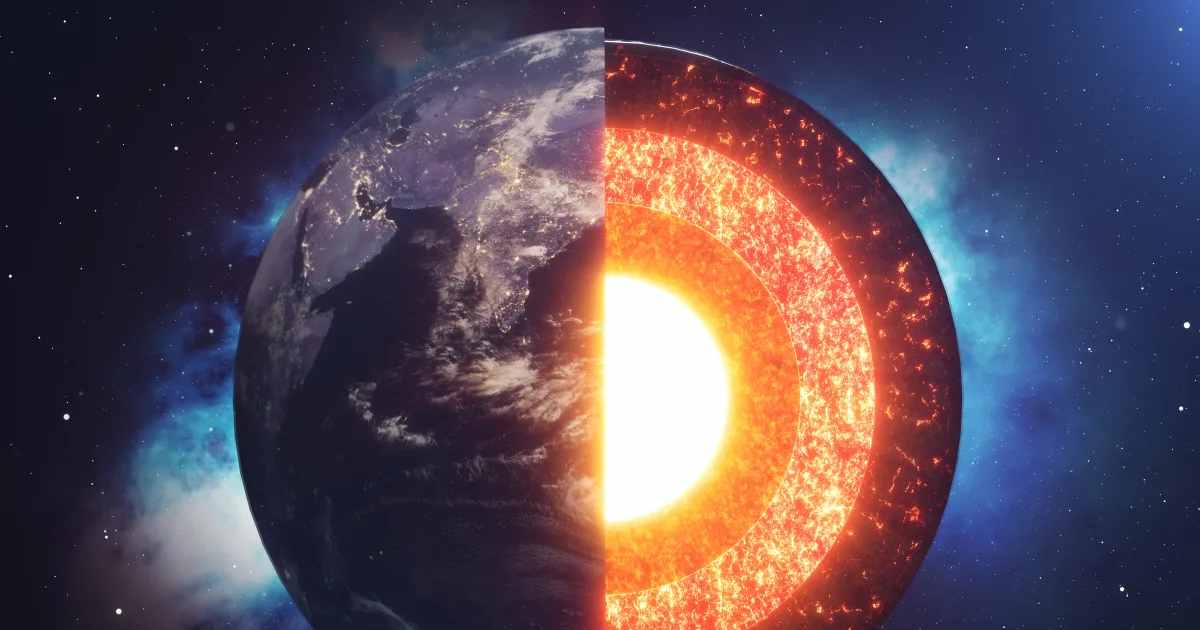New stainless steel boosts green hydrogen production from seawater
SOURCE: HTTPS://INTERESTINGENGINEERING.COM/
NOV 19, 2023
Scientists find evidence of a new layer at the Earth's inner core
SOURCE: ENGADGET BY JON FINGAS II HTTPS://WWW.INOREADER.COM/ARTICLE/3A9C6E75C53DA7FF-SCIENTISTS-FIND-EVIDENCE-OF-A-NEW-LAYER-AT-THE-EARTHS-INNER-CORE
FEB 25, 2023

Researchers are still discovering more about the Earth's center. A team at Australian National University (ANU) has found evidence of a new layer to the planet sitting within the inner core. This "innermost inner core" is an iron-nickel alloy ball that, as professor Hrvoje Tkal?i? explains, is a "fossilized record" of Earth's ancient history. Until now, science had only recognized four layers (crust, mantle, outer core and inner core).
The scientists found the 'hidden' core by studying seismic waves that traveled back and forth across the Earth's entire diameter up to five times — previous studies only looked at single bounces. The earthquake waves probed places near the center at angles that suggested a different crystalline structure inside the innermost layer. Effectively, the alloy is skewing the travel times for the waves as they pass through.
The findings open up new ways to investigate the inner core, according to lead author Thanh-Son Ph?m. ANU also believes the innermost inner core hints at a major event in Earth's past that had a "significant" impact on the planet's heart. As researchers explain to The Washington Post, it could also help explain the formation of the Earth's magnetic field. The field plays a major role in supporting life as it shields the Earth from harmful radiation and keeps water from drifting into space.
Those insights may help with studies of other worlds. Mars is believed to be a barren planet because it lost its magnetic field roughly four billion years ago, leaving no protection against solar winds and dust storms that carried away the atmosphere and oceans. Exoplanet hunters, meanwhile, could use the knowledge to search for habitable worlds. The presence of an Earth-like core structure isn't guaranteed to indicate survivability, but may play a role in narrowing down candidate planets.
LATEST NEWS
Augmented Reality
Hi-tech smart glasses connecting rural and remote aged care residents to clinicians
NOV 20, 2023
WHAT'S TRENDING


Data Science
5 Imaginative Data Science Projects That Can Make Your Portfolio Stand Out
OCT 05, 2022

SOURCE: HTTPS://INTERESTINGENGINEERING.COM/
NOV 19, 2023
SOURCE: HTTPS://INTERESTINGENGINEERING.COM/
NOV 19, 2023
SOURCE: HTTPS://INTERESTINGENGINEERING.COM/
NOV 04, 2023
SOURCE: HTTPS://WWW.SCIENCEALERT.COM/
SEP 04, 2023
SOURCE: HTTPS://WWW.SCIENCEDAILY.COM/
AUG 24, 2023